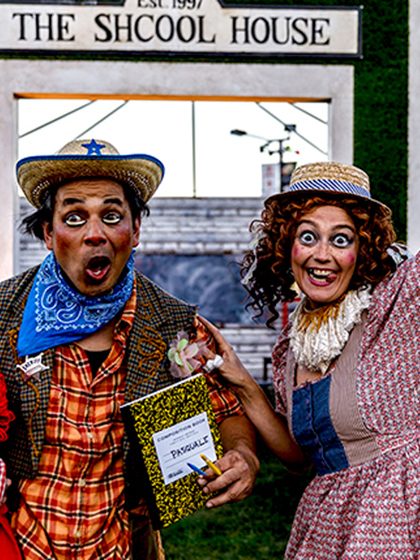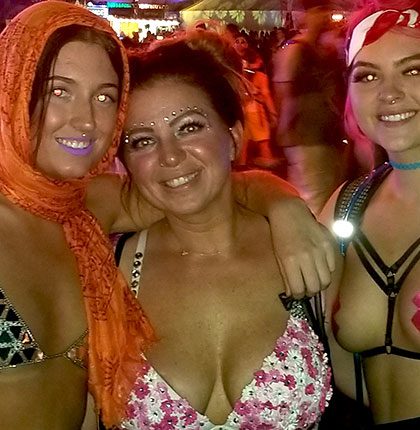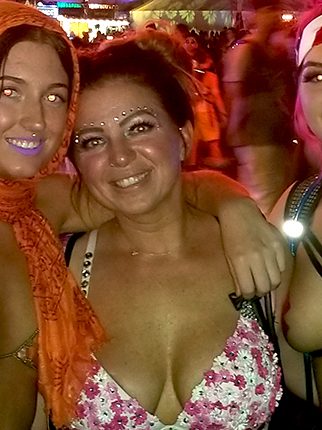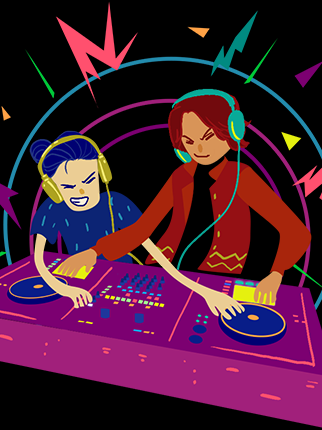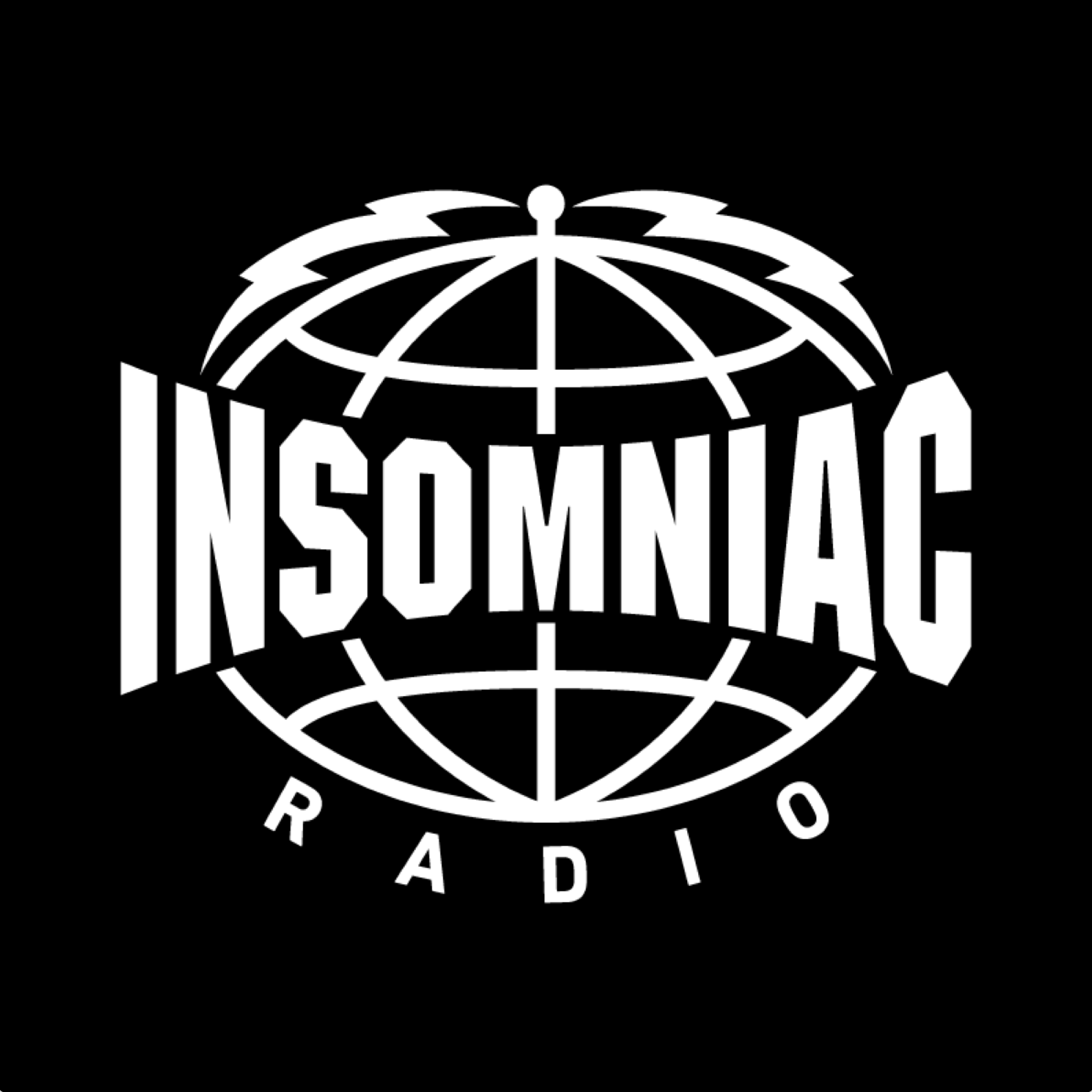A Raver’s Delight: How One Small City Changed American Youth Culture Forever
There’s a 60-square-mile patch of arid earth nestled at the foothills of Mount Arrowhead that is sacred ground to Southern California ravers. Coincidentally, the local Tongva Indians dubbed it “The Valley of the Cupped Hand of God,” and for fans of chest-drilling bass, elegiac synth lines and heart-defibrillating BPMs, they probably couldn’t have come up with a better term. It’s funny to think that kandi-beaded ravers have something so elemental in common with natives who’ve roamed San Bernardino for millennia.

Despite its smog-choked air and cracked asphalt, the 100th largest city in America, San Bernardino, is one of the most transformative portals in the known universe. This is where tens of thousands of SoCal kids have walked in as EDM rookies and walked out ravers, utterly converted from the inside out—not by drugs or the various nefarious elements cops and haters attribute to our culture, but by a transcendent, soul-changing experience, the vibrating low-end frequencies of music, the profound, warming elements of exploration and discovery, and the chemistry of human connection.
“It was very difficult to find locations like that; it was the venue that was willing to tell the city to eff off.”
The altruistic concept of PLUR—mockable from an outsider’s standpoint and yet innate for those within—is at the core of it all. Peace. Love. Unity. Respect. You either comprehend it or you don’t, and for an army of music-loving Cali kids (and grownups by now), San Bernardino has been the boot camp that drilled basic training into us.
But it wasn’t always love, hugs and neon beads. You know that Charles Dickens line, “It was the best of times, it was the worst of times”? While Dickens may have been talking about Paris during the French Revolution, the statement can be applied universally, to almost any place in time—the collision of light and darkness, wealth and poverty, good and evil.
And you’d better believe Berdoo—and more specifically, its legendary National Orange Show (NOS) Fairgrounds—has seen its balance of joy and despair.
I remember it like yesterday, grabbing my friend Red by the arm and running down Mill Street, fleeing from the utter chaos unfurling before us. It was a warzone: police helicopters chopping overhead, shining spotlights on the panicked mob, barking commands to disperse over loudspeakers. A billowing cloud of tear gas floated our way, dark and ominous and backlit by broken streetlights. Fleeing before the toxic haze, a terrified crush of ravers sprinted toward us crazily like some outtake from 28 Days Later, their silhouettes morphing in the darkness.

The year was 1998, which meant a raver silhouette looked markedly different from the spirit hoods, skinny pants and fur boots of 2015: JNCO jeans, two feet wide from hip to heel, dragged on the ground; baggy, XXXL Fresh Jive T-shirts draped to the knees; visors flipped upside-down, spun backward; giant beaded necklaces, bouncing in the night sky. This was the uniform of early Angeleno ravers, all fleeing this airborne toxic event that left kids hacking up lungs and wiping streaming tears. Pop! Pop! Pop! Hostile volleys of rubber bullets fired into the crowd, police in full armored SWAT gear laid their abusive authority on the crowd.
Meanwhile, just over the fence we were running alongside, some 7,000 partygoers reveled inside NOS, oblivious to the ensuing madness outside as they enjoyed the pulsing fruits of Lady Miss Kier, Juan Atkins and the Invisibl Skratch Piklz. For them, Nocturnal Wonderland was living up to its name.
This duality really underscores the full San Bernardino experience. While many early ravers braved years of abusive conditions and police harassment, most of our collective memories reflect positive experiences: the wonder of being in a small warehouse universe, dancing under a canopy of brilliant lights, united and insular, while the outside world burns.
Isn’t that what it’s about to this day? Creating a womb of friends and like-minded people, a shell to protect you from the shitstorm that is the real world? The college loans and tests. The lost jobs and harrowing pressures of unemployment. Your shitty neighbors and hostile bosses. That asshole from HR. Undergrounds in San Bernardino and the like provided shelter from those worlds.
“It was legal and available,” laughs Insomniac founder Pasquale Rotella, recalling the stringent set of parameters he was looking for when he first discovered NOS in the mid-‘90s. “It was very difficult to find locations like that; it was the venue that was willing to tell the city to eff off. That was the only reason why the shows were there.”
Since an event called Big Wig Thumper in 1995, the first time Rotella used NOS, the event space and the city of San Bernardino have played partner to Insomniac’s hyper-color vision. In total, Insomniac has organized 50 events in San Bernardino County in venues ranging from NOS and the San Manuel Amphitheater to Lake Dolores, Hansen Dam and the San Bernardino Fairgrounds, bringing together nearly 1 million Headliners. To put it in perspective, that would make the mythical San Insomniadino the fourth-largest city in California—bigger than San Francisco.
On 120 acres of lakes, fountains and tree-lined open parks, the fairgrounds over time have become as indelible to the character of SoCal raves as lasers, fog machines and bikinis.
“It was our safe zone,” elaborates Rotella when asked about his tight connection to the event space. “Because the people that ran it were never afraid of the crack house law, they were never afraid of the local government. They felt like they weren’t doing anything wrong, so they were never punked into fear. That was something that’s rare around the world, where the word ‘rave’ is considered bad.”
And it’s not just NOS. Starting with Beyond Wonderland in 2013, the San Manuel Amphitheater has held four events—the Nocturnal 20th-anniversary show will be number five—bridging the gap between Insomniac’s smaller, intimate club shows and their massive signature festivals.
It’s taken a long time for the powers-that-be to start thinking of raves as anything more than a blight on American youth culture, and we certainly have a long way to go to reach anything close to the respect that other forms of music enjoy. But while Southern Cali ravers trudge on and fight for our right to party, it’s encouraging to know we’ll always have the Cupped Hand of God sheltering us along the way.

